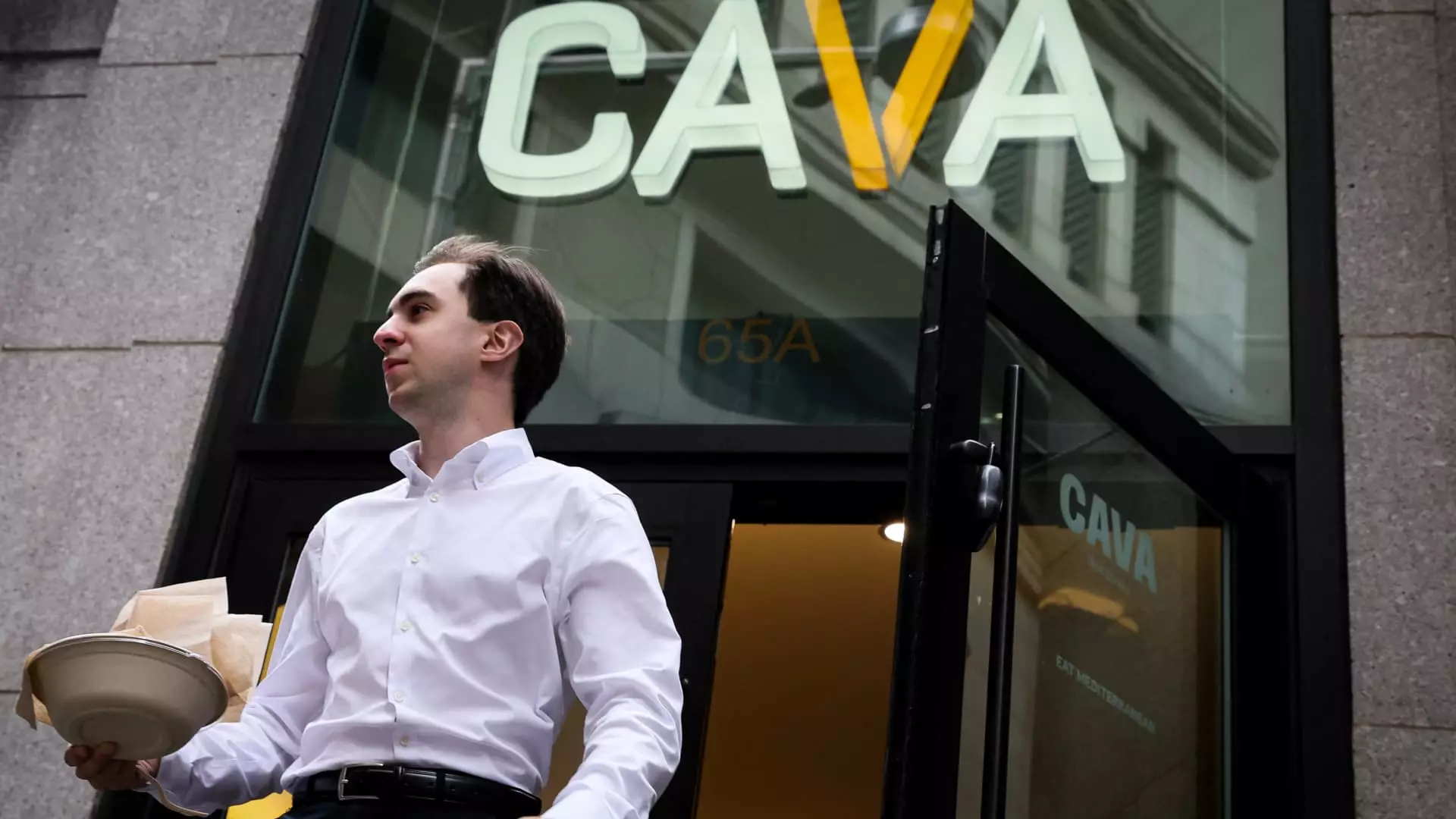In an era where economic instability dominates headlines, restaurant chains are desperately searching for strategies to retain customers. Loyalty programs, once seen as a supplementary perk, have now become a central pillar of modern marketing. Yet, the assumption that these initiatives will always foster genuine loyalty is flawed. While they might temporarily boost visit frequencies and sales figures, they often serve more as short-term band-aids than as foundations for long-term customer allegiance.
The current climate reveals a harsh reality: fewer consumers are eating out, and those who do are hitting pause on their spending. Brands have responded by heavily investing in rewards schemes, hoping to turn casual diners into habit-forming patrons. But this reliance is arguably a superficial fix. Loyalty programs can mask deeper issues such as declining product quality, inconsistent service, or lack of authenticity. They create a transactional relationship that rewards engagement without necessarily fostering emotional connection or brand affinity.
The Credibility Crisis: Are Loyalty Rewards Truly Building Genuine Brand Trust?
Although data suggests that loyalty program participants dine more frequently, this correlation doesn’t equate to an enduring trust in the brand. It’s easy to mistake increased visits for genuine loyalty, yet the reality often falls short. When the economic winds shift again—or consumers grow weary of point-collecting schemes—these artificially inflated engagement metrics may evaporate just as quickly.
Moreover, many programs have become saturated with gimmicks that do little to create emotional attachments. Limited-time offers, tiered Challenges, or flashy digital badges may generate short-lived excitement but rarely convert casual visitors into lifelong advocates. They risk turning what should be meaningful brand interactions into just another digital shuffle—more noise than substance. The core issue remains: how much do these points and perks really imbue customers with a real sense of connection or purpose?
From Value to Manipulation: The Thin Line Loyalty Programs Tread
The increasing sophistication of rewards initiatives raises questions about whether they serve consumers or exploit them. While brands like Cava and Potbelly innovate with engaging perks—such as free pita chips or faster reward redemption—these tactics often blur ethical boundaries. Are these rewards genuinely rewarding, or are they superficial tricks to keep customers hooked?
In many cases, loyalty programs are a form of behavioral nudging designed to steer diners toward more frequent spending under the guise of delivering “value.” But much of this value is recycled marketing spin. When companies spend millions on free burritos or bonus stars, the profit margin inevitably suffers. The risk here is that these incentives may foster a culture of entitlement rather than appreciation, leading consumers to expect freebies rather than genuine quality or service.
Deepening the Dependency: The Price of Short-Term Gains
Restaurant chains that heavily lean on loyalty programs often find themselves caught in a vicious cycle. To sustain these initiatives, they must constantly expand incentives or sweeten the pot. This not only erodes profit margins but also risks diluting the brand’s perceived value over time. For instance, Starbucks’ move to double stars—while initially popular—raises questions about whether such benefits will be enough to keep customers committed when the novelty wears off.
Furthermore, some brands have been forced to make significant changes to their reward schemes—like eliminating popular benefits—which sparks dissatisfaction among loyalists. Yet, they double down, convinced that the fleeting spike in engagement justifies the cost. This approach ignores the fundamental issue: loyalty built on external incentives is fragile. It reinforces a transactional mindset rather than cultivating authentic connection.
Shifting Strategies in a Challenging Industry
Despite all the clever tweaks and new tiered systems, the broader industry trend points to a troubling decline in consumer spending and engagement. Many brands—Chipotle, Starbucks, Cava—have reported stagnating or declining same-store sales. Loyalty programs, once thought to be a silver bullet, seem insufficient to stem the tide of disillusionment.
Some operators like Sweetgreen attempt to steer away from overly complex subscriptions, focusing instead on delivering clear, tangible value that resonates more straightforwardly. Yet, even these attempts may fall short if they don’t address deeper issues—such as product quality, menu innovation, and authentic customer experiences. Loyalty schemes can be a helpful piece of the puzzle, but they are inherently limited without genuine substance behind them.
The Hope and the Reality: Are Rewards the Future or a Mirage?
The hope that loyalty programs will sustain restaurant brands through tough economic times remains widespread. But it’s high time to question whether these initiatives are truly enough. Relying heavily on reward schemes can give a false sense of security while distracting companies from more meaningful strategic improvements.
Some brands are pushing boundaries—like Cava’s flexible, integrated reward system or Potbelly’s point-based innovations—to stay relevant. Yet, these efforts may merely paper over more profound structural issues like innovation fatigue, declining consumer trust, and market saturation. If loyalty programs are seen simply as marketing tactics rather than integral elements of a brand’s identity, their ability to foster lasting loyalty will remain questionable.
In essence, the current moment exposes the perilous reliance on transactional loyalty. Without genuine authentic engagement and a focus on delivering real value beyond perks, these programs risk becoming fleeting illusions, leaving both brands and consumers less satisfied in the long run.

